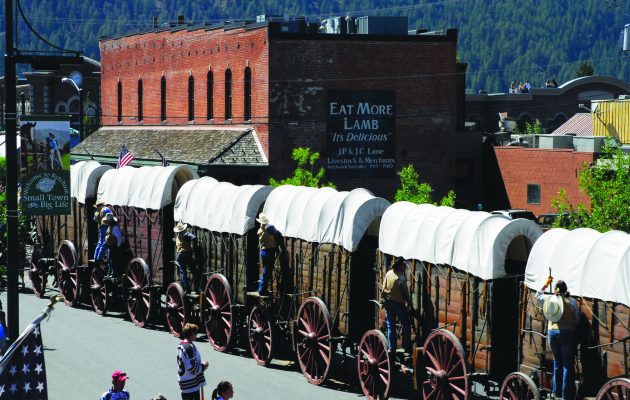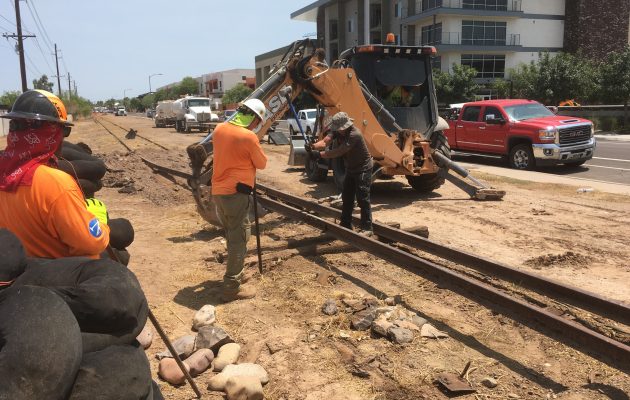Grizzly Gulch Maintenance Inventory
- posted in
Logan Simpson conducted a Class III cultural resources survey and documentation of 235 acres for the Utah Division of Oil Gas and Mining (UDOGM) in the Grizzly Gulch area of northern Utah. The survey was split between two Areas of Interest (AOIs) and serves as a guide to understand the scale and scope of recording efforts. Logan Simpson recorded all cultural resources encountered to USFS and SHPO standards and prepared NRHP recommendations for identified sites. Due to the extensive historic mining landscape, Logan Simpson recorded each AOI as single, extensive site. The survey resulted in updating two previously recorded sites and one newly recorded site with over 500 historic mining features. The sites contain hard rock mining- and habitation-related features and represent extensive mining landscapes. Logan Simpson also performed re-photography of historic images to compare changes in the built and natural landscapes. A technical report was prepared including NRHP eligibility and AMRP cultural resource management recommendations for all identified cultural resources.


